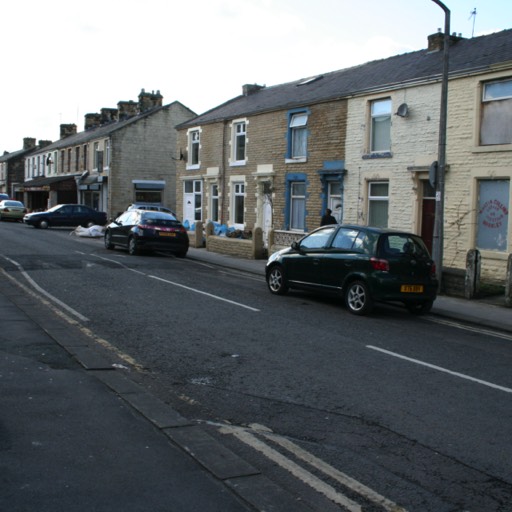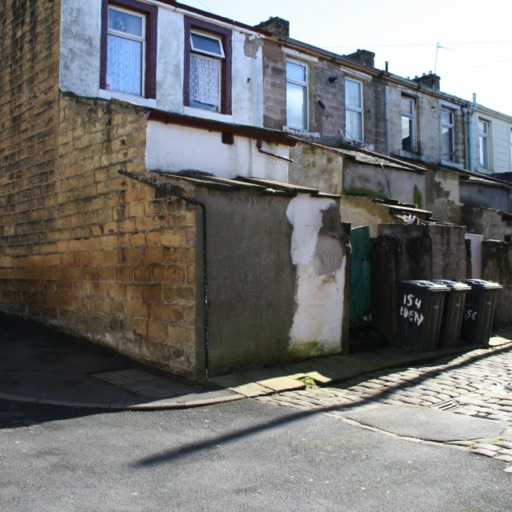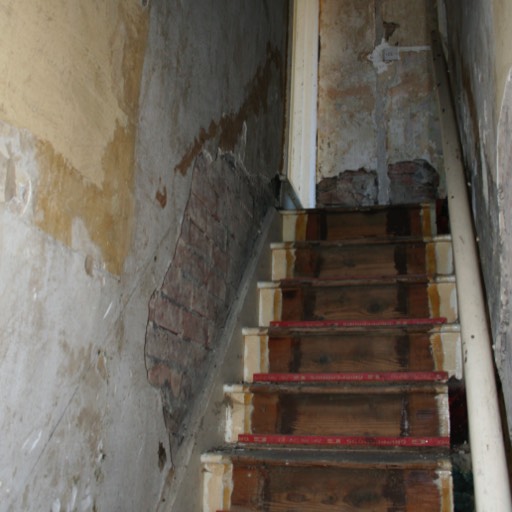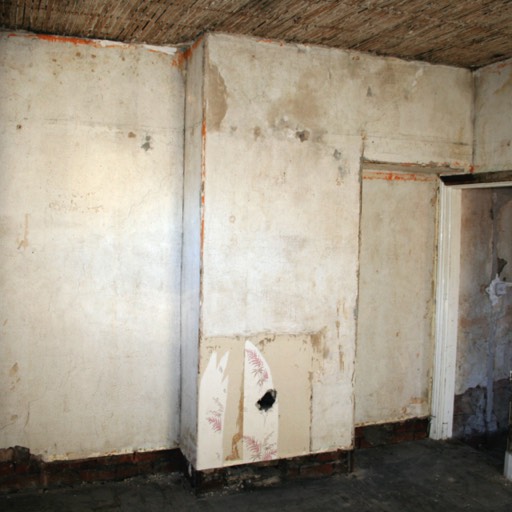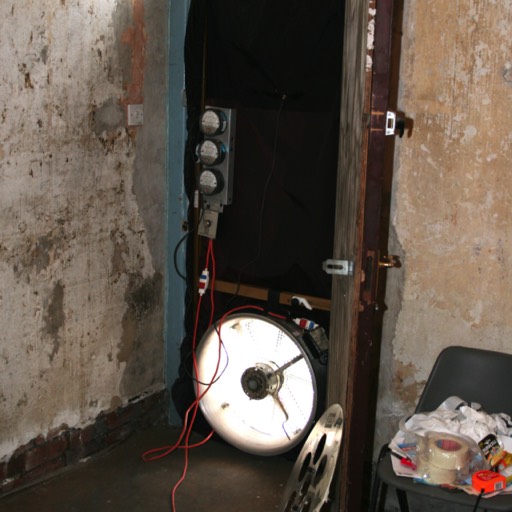The climate crisis makes it necessary to rapidly eliminate the use of fossil fuels, and retrofitting our existing building stock to reduce energy use is essential.
Unless this is done with expert knowledge and care there are significant risks involved, particularly with traditional solid-walled buildings. Insulation needs to be carefully chosen, detailed and installed, the ventilation and moisture strategy needs to be considered, and any existing defects need to be addressed. The risks include not achieving the energy and cost savings expected, harm to the health of the occupants, decay caused by moisture build-up, and loss of historically valuable fabric. The choice of materials used for retrofitting must also take into account the energy and other resources used, and pollution caused by their manufacture, transport and eventual disposal.
Each building is different and must be assessed individually. We participated in the pilot version of the Carbonlite Retrofit course run by the Association of Environmentally Conscious Builders and keep abreast of the research and guidance on responsible retrofit of traditional buildings that is now available, from members of the Sustainable Traditional Buildings Alliance and others.
A Previous Project
158 Every Street, Nelson, Lancs
The Heritage Trust for the North West played a leading role in fighting proposals for the wholesale demolition and redevelopment of the Whitefield district under the Nelson Pathfinder renewal programme. They helped to successfully argue that the area was of national historic importance as a planned industrial community of mill, church, school and housing, and that the properties were well built and could be regenerated without the cost and destruction that the proposals would involve. They acquired a number of properties, including Lomeshaye Bridge Mill, St Mary’s Church, a former school, and some of the terraced houses, and when the battle was won they were able to begin to renovate them and to bring them back into use. We had been involved with three of their projects in Nelson when the opportunity arose to renovate Number 158 Every Street according to both building conservation and sustainability principles. We felt strongly that a previous ‘Eco’ renovation project in the area had concentrated on reducing heating bills but was not truly sustainable because of the inappropriate use of modern materials and the damage that had been caused to the historic character of the house.
The project gained the support of the Building Research Establishment as an Exemplar project, but we came to realise that they were not entirely sympathetic to our aims, as they recommended the installation of a damp proof course and other measures that we thought would be unnecessary and potentially harmful. More useful advice was later provided by English Heritage as part of their Hearth and Home project.
Budget cuts, including those to the local development agency that had provided part of the funding, meant that by the time work started on site the scope of the work had to be reduced and proposals for evaluation and monitoring had to be abandoned. However, the months of discussion and the exploration of alternatives provided useful lessons that have been applied to subsequent projects.


